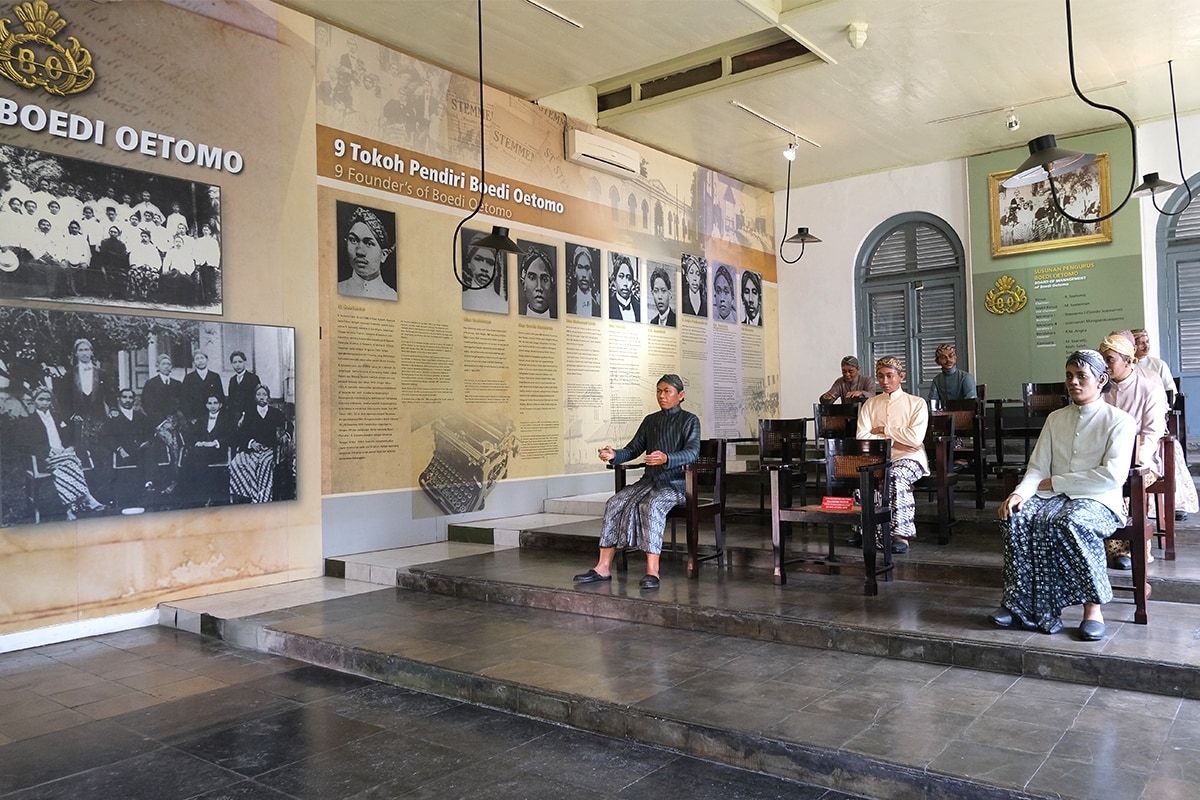Discovering Jakarta History Museum
Nestled in the heart of Jakarta’s Old Town, the Jakarta History Museum, also known as the Fatahillah Museum, offers a fascinating glimpse into the rich tapestry of Indonesia’s capital city. Housed in a building that dates back to the Dutch colonial era, this museum is a treasure trove of artifacts and exhibits that narrate the story of Jakarta from its early beginnings to its modern-day vibrancy. Whether you’re a history buff or a curious traveler, the museum provides an insightful journey through time.
A Walk Through Time
The Jakarta History Museum is located in the former City Hall of Batavia, the name given to Jakarta during the Dutch colonial period. This building itself is a piece of history, constructed in 1710, and it stands as a testament to the architectural style of the era. As you step inside, you’re greeted by a collection that spans several centuries. The museum’s exhibits are thoughtfully arranged to guide visitors through different periods of Jakarta’s history, from its pre-colonial days to the Dutch occupation, and finally, to its role in the modern Indonesian state.
The museum’s collection includes maps, paintings, and relics that depict the city’s transformation over the years. One of the highlights is the replica of the old city of Batavia, which provides a bird’s-eye view of what the city looked like during the colonial period. This model, along with other exhibits, helps visitors understand the strategic importance of Jakarta as a trading hub and its evolution into a bustling metropolis.
Cultural and Historical Artifacts
Beyond the architectural marvels and historical narratives, the museum houses a wide array of cultural artifacts that reflect the diverse influences that have shaped Jakarta. From traditional Betawi costumes to intricate ceramics and furniture, these items offer a glimpse into the daily lives of the city’s past inhabitants. The museum also features a collection of weapons and tools that were used during various periods, providing insight into the technological advancements and conflicts that have occurred in the region.
One of the museum’s most intriguing sections is dedicated to the colonial era, showcasing items such as Dutch East India Company memorabilia and colonial-era furniture. These artifacts not only highlight the European influence on Jakarta but also serve as a reminder of the city’s complex history of colonization and resistance. The museum’s curators have done an excellent job of presenting these items in a way that is both educational and engaging, making it easy for visitors to connect with the past.
Planning Your Visit
Visiting the Jakarta History Museum is a rewarding experience, but a little planning can enhance your trip. The museum is located in the bustling area of Kota Tua, which is easily accessible by public transportation. It’s a good idea to allocate a few hours to explore the museum thoroughly, as there is much to see and learn. The museum is open from Tuesday to Sunday, with Mondays being a day off, so plan your visit accordingly.
While the museum itself is a highlight, the surrounding area of Kota Tua is also worth exploring. The old town is filled with charming cafes, street performers, and other historical sites, making it a perfect spot for a leisurely stroll after your museum visit. Don’t forget to bring a camera, as the picturesque surroundings offer plenty of photo opportunities.
In conclusion, the Jakarta History Museum is more than just a collection of artifacts; it’s a gateway to understanding the city’s past and its journey to the present. Whether you’re a local resident or a visitor from afar, the museum offers a unique opportunity to connect with Jakarta’s rich history and cultural heritage.
